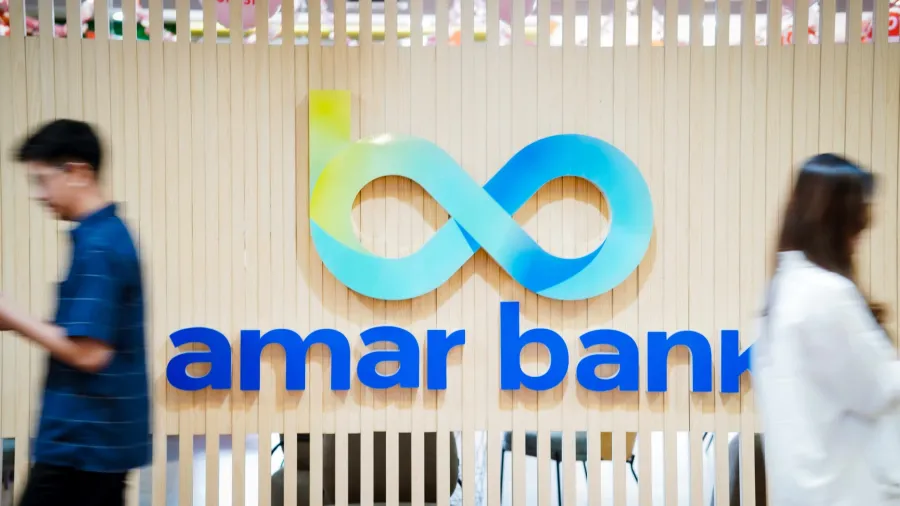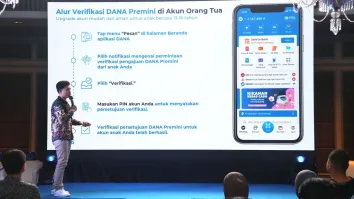
Amar Bank pushes embedded finance
The Jakarta-based lender promises partners integration in less than a month.
Amar Bank wants to partner with more apps and websites for its embedded banking service, which lets them offer customers easy access to transfers, payments, and loans from the Indonesian lender right within their platforms.
The publicly listed Jakarta-based bank promises plug-and-play ease for its embedded finance, without complex setup or heavy technical requirements, reduced development timelines, and integration in less than a month.
“This software development kit (SDK) technology supports all platforms, including iOS, Web, and Android,” Kevin Kane, chief technology officer at Amar Bank, told Asian Banking & Finance.
“Platform providers only need to allocate space in the user interface display to place a banking widget that already includes savings and loan features, which can be easily integrated into other pages such as payment pages,” he added.
The widget can also be embedded in platforms used by merchants, he pointed out.
Amar Bank targets industries with large user bases, such as e-commerce, business applications, and digital platforms. One of its partners is fintech company JULO.
Its embedded banking service is tailored to specific clients. For instance, the lender offers a QR (quick response) code-based payment system and bride loan settlement. For e-commerce, it also provides direct debit and pay later options for buyers, business loans for merchants, and settlement for partners and merchant ecosystems.
The bank uses data analytics to measure the impact of the service on users, monitoring performance in real time.
“This data is used to evaluate operational efficiency and user experience, allowing our team to proactively identify opportunities for improvement,” said Gasim Alkaff, Product & Design Function head at Amar Bank.
The bank has a dedicated post-implementation support team. Before implementation, the bank and its partners agree on key success metrics to be measured such as usage rates, development time saved, regulatory compliance, and conversion rate improvements.
The embedded banking service is expected to benefit digital platforms by boosting their competitiveness in a rapidly evolving digital market.
“With SDK-integrated services, we can reduce customer drop-off rates in activities such as purchases, transactions, and loan applications, ultimately improving user satisfaction and retention,” Gasim said.
Amar Bank is also helping boost financing access for micro, small and medium enterprises given their high growth potential. The bank continues to enhance its use of artificial intelligence in credit analysis to ensure more precise targeting.
“We will also keep developing accessible, secure, and relevant digital financial services,” Kevin said.
In the third quarter of 2024, Amar Bank’s net income reached $9.25m (Rp152.26b), up 20.37% compared to last year, with $7.69m (Rp126.49b).

















 Advertise
Advertise






